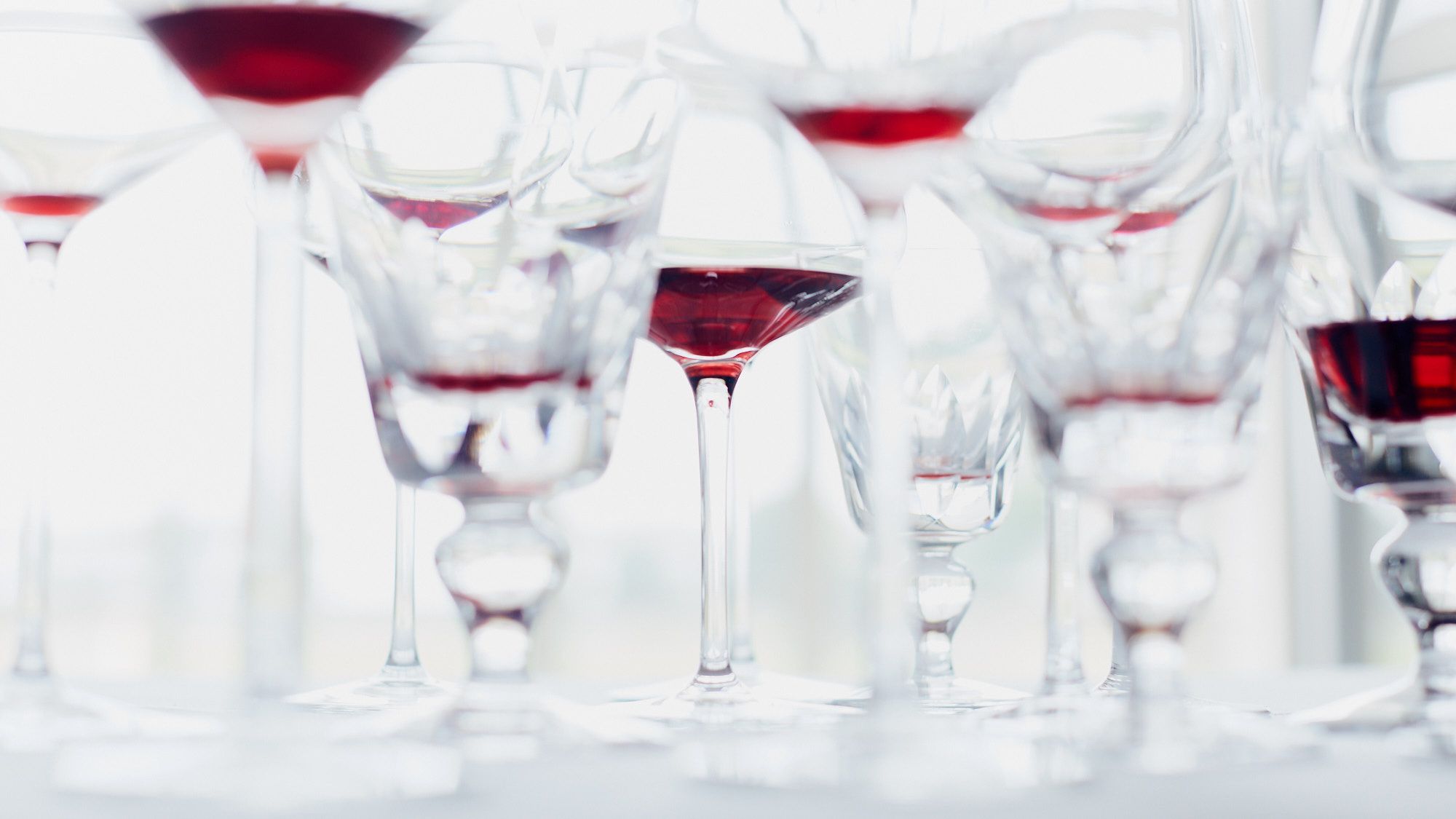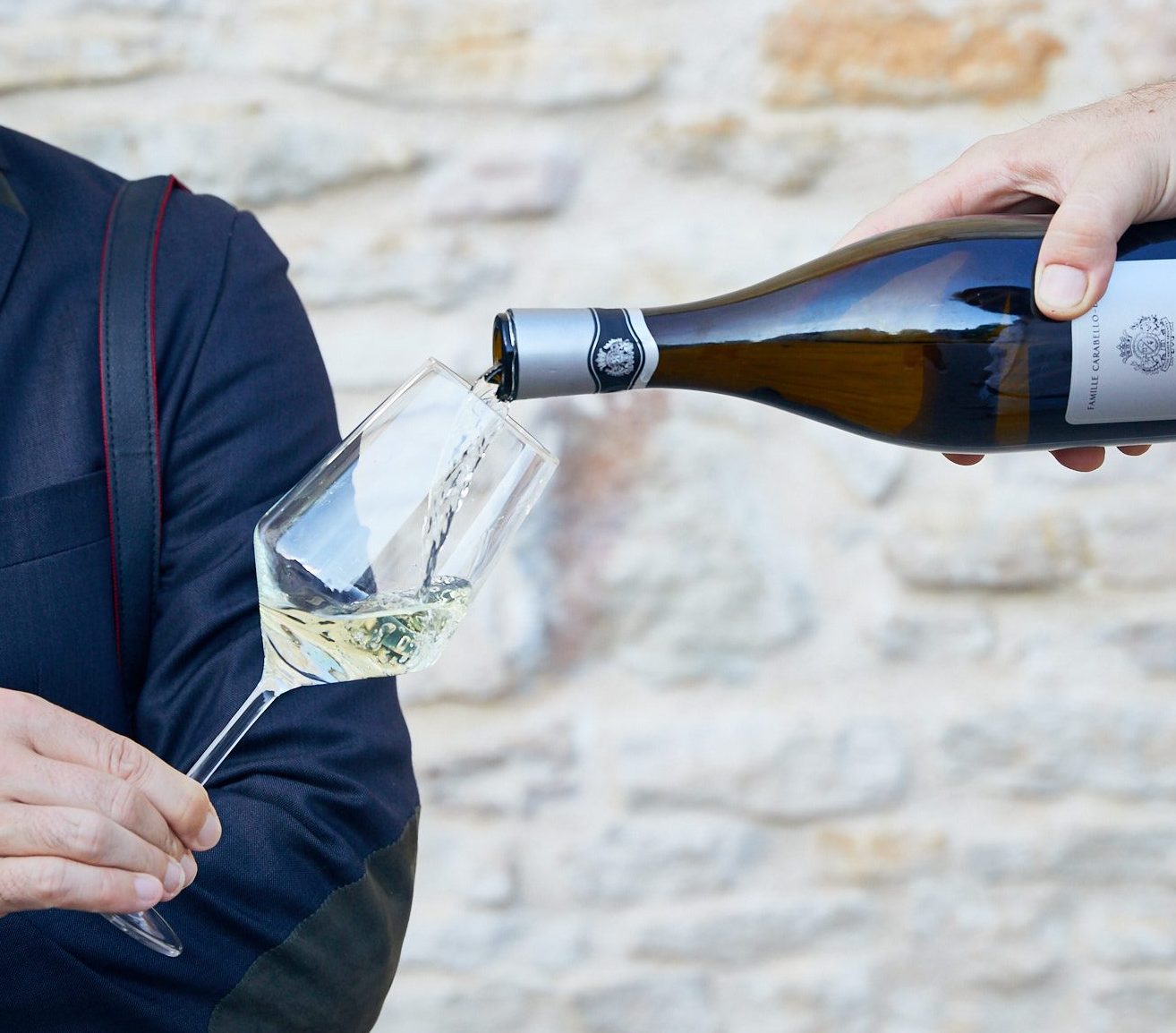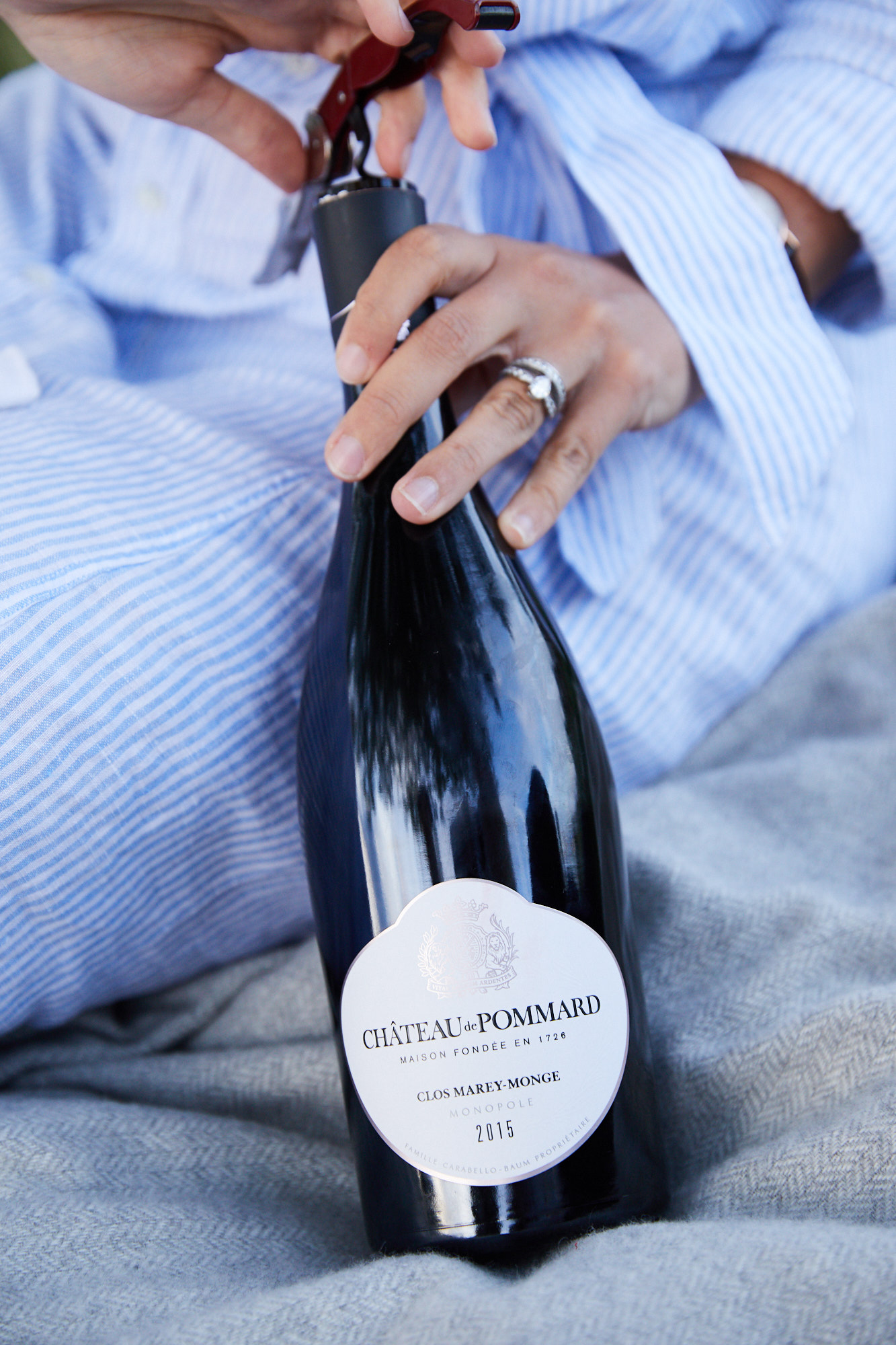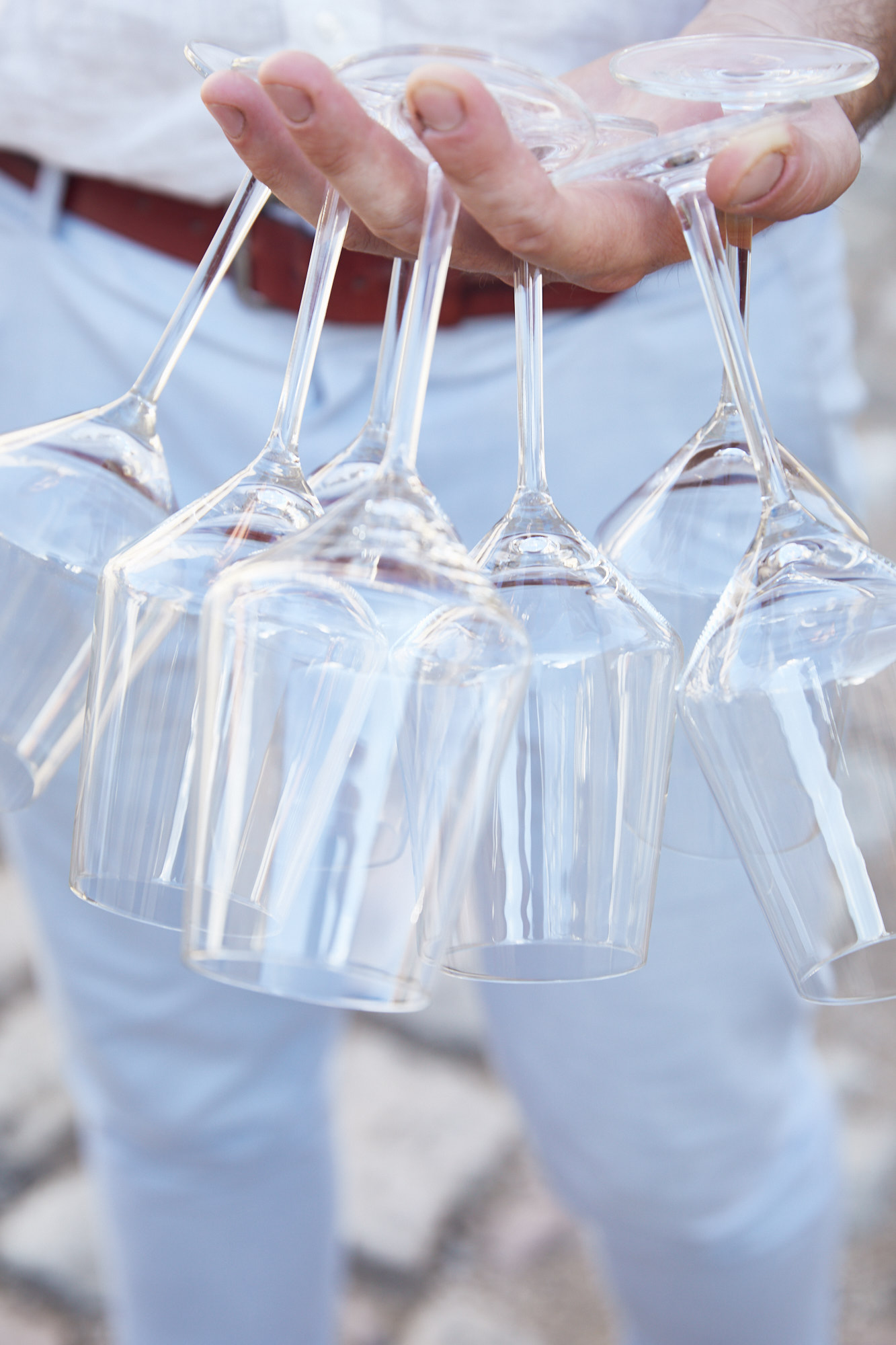
At a great restaurant or wine bar, every detail of your wine experience seems meticulous. Glasses are a perfect size. Wines are stored and served at the right temperature, and the bottle opened with ease. Nothing is left to chance, and these little-added touches help to reveal the best of the wine. What if you could look as professional for your holiday dinner or party? With our wine serving tips, you can learn how to manage every detail and serve your guests like an expert.
Wait a few days after your trip
Your bottles traveled a long way from Burgundy to your cellar. The vibrations of planes, trains, and automobiles and or the bumps in your suitcase, definitely stir up and disturb the balance of the wine. Upon arrival at your destination, there is a great temptation to open a bottle immediately and start enjoying your wines. Remember, however, wine is alive in the bottle and requires a bit of rest after being transported. We recommend an average of two to three weeks for your wine to settle and reveal the best smells and flavors. We recommend you place the wines horizontally so that the wine contacts the cork to keep it moist. A cool, dark place is the ideal storage conditions.
Serve your wine at the ideal temperature
After a few weeks of rest, your wine is finally ready for tasting. Once out of your cellar, the bottles must reach the correct temperature to reveal the optimal aromatic complexity and balanced structure. Each type of wine has its ideal temperature. Oaky, medium-bodied whites, including Burgundy Chardonnay cuvées, should be slightly chilled, between 10 and 13 °C. Lighter white wines prefer a temperature between 7 and 10°C, while sweet and sparkling wines can be enjoyed even cooler, between 6 and 8 °C. The light reds reveal their finesse at 13 °C. Burgundy pinot noir, as well as wines from Bordeaux, the Rhône Valley, Italy or the New World, show their best assets between 15 and 18 °C.

You might face some situations where you would love to share your passion for Burgundy wines with friends and family but didn’t have the time to bring your wine to the correct temperature before tasting. If this ever happens, avoid temperature shock at all costs. Never place a wine in the freezer or on a radiator: the wine may degrade. To cool white wine in a few minutes, place it in an ice bucket filled three-quarters with equal amounts of water and ice cubes. Once the wine reaches the ideal temperature, remove it from the bucket – chill the wine too much and the temperature has a tendency to mask its aromas. Remember that red wines do not like the cold; it makes the tannins seem thin and flat. The best way to warm a red wine that might be too cold to serve is to warm the glass in your hands. Be careful not to overdo it though: if the wine gets too warm, its flavors become more difficult to distinguish.
Invest in an effective corkscrew
Is there anything more frustrating than breaking a cork when you try to open a bottle? Opening a bottle correctly, every time requires only the right tools. There is a multitude of corkscrews on the market, from the most rudimentary to the most technological. Our favorite is the popular limonadier, widely used by wine professionals. Also called sommelier or parrot, because of its profile. Remove the top of the capsule cutting around the lip or groove of the bottle firmly with the knife part of your limonadier. Next, wipe the neck of the bottle with a clean cloth. Insert the corkscrew firmly into the top of the cork and rotate it until the corkscrew is completely embedded in the cork. With the limonadier utensil support the neck of the bottle and smoothly remove the cork by pulling up. Give the neck of the bottle a final wipe with your cloth and pour a sample into a glass to check the wine’s condition.

Adopt a drip stopper
At first glance, this small, often silver leaf happens to intrigue our guests. With its round shape, it could pass for a coaster. You will be surprised! Rolled to form a cylinder, the stopper drops directly into the neck of an open bottle. This small tool then allows us to pour the wine without coming into contact with the metal inherited from the capsule leave, especially when the ring at the top of the neck is thin. Also, its tapered end prevents the server from seeing the last drop spread on the tablecloth after serving a glass.
Go for the right glasses
Have you ever wondered why there are so many kinds of wine glasses? Well, it isn’t a fantasy: each of them is designed to highlight the strengths of a particular type of wine. Studies showed that reds prefer big glasses. Their air contact surface is higher, allowing the wine’s aromas and flavors to blossom. It is also easier to spin the wine for oxygenation in this type of glass. Conversely, white wines display their best assets in medium-sized glasses. The fresh and fruity notes are directed to the top of the glass, so you can fully appreciate the aromas of the wine. As for their countenance, it is mainly a question of preference. Did you know that with a 75cl bottle, you could fill 6 glasses of 125 ml, 4 glasses of 175 ml and 3 glasses of 250 ml?

One last thing. Before serving wine, take the time to check the cleanliness of your glasses: the slightest residue of dust, salt used in dishwashers or detergent could alter its aromas. In case of unpleasant smell, do not hesitate to rewash them by hand. To wipe them, use a linen cloth. It removes any dust while leaving no lint in the glasses.
Now, all you have to do is pair your wine with the recipe that suits it best before you taste it. Cheers!